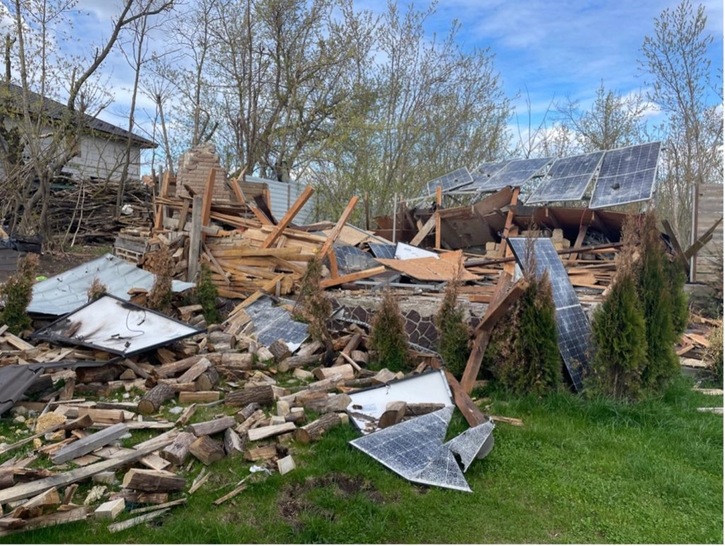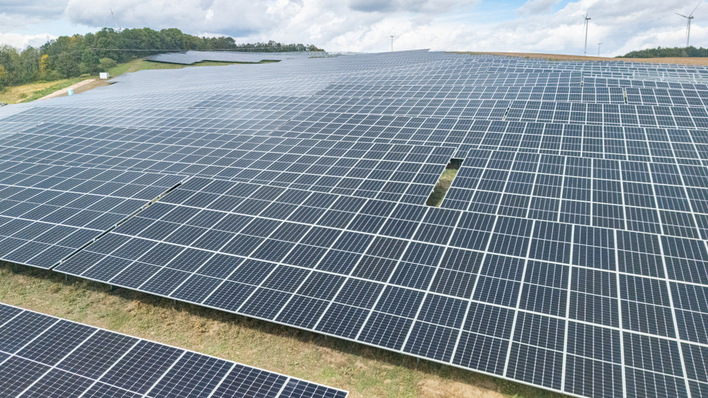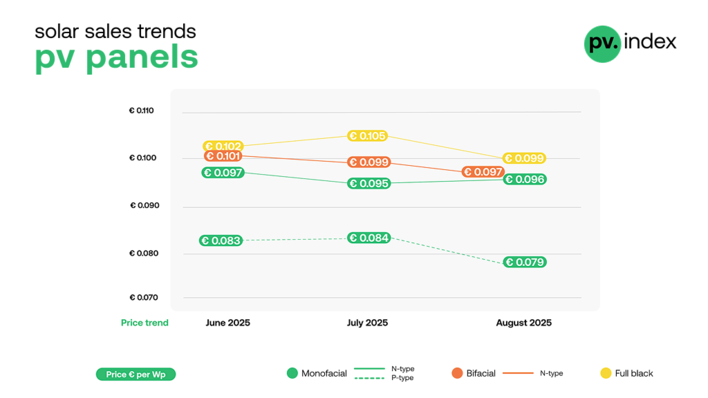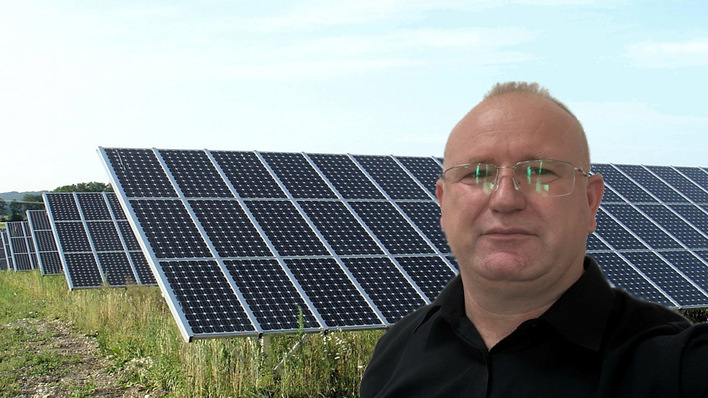Due to the Russian invasion the energy sector experienced a significant upheaval, and in particular, renewable energy was no exception. According to the Ministry of Energy of Ukraine, as of July 2022 over 30% of RES capacities do not currently generate electricity due to the war: around 12% of solar and around 90% of wind from the total amount of install capacity respectively.
On the preliminary estimations done by Solar Energy Association of Ukraine, over 550 MW of solar power plants utility scale PV and rooftops were damaged or destroyed. Domestic solar power plants were also damaged across the country.
Most destroyed installations at occupied territories or near battle lines
Since it is currently difficult to accurately estimate the number of destroyed PV, Solar Energy Association of Ukraine conducted its own survey. Over 50+ owners of solar power plants, mostly residential, whose plants were damaged since the beginning of the war were surveyed.
The obtained data are impressive:
68% of destroyed objects were installed at the occupied territories or were located near the battle lines.
According to the type of damaged power plants, residential installations account for 64.7%, industrial ground based – 29.4%, industrial rooftop are much less – 5.9%.
But despite such challenges for the solar energy industry, Ukraine is confidently moving towards energy independence and is doing everything possible to ensure that “green” energy survives and continues to develop.
Upgrading of on-grid to off-grid or hybrid installations
Aditionally Vitalii Shestak, CEO of SolarWind Systems (Kyiv) reported on LinkedIn: Most private solar power plants (SPP) in Ukraine before the war were on-grid type [88% of 45,000 plants]. During the invasion of the russian federation, many settlements/districts remained without electricity. Many owners of these SPPs faced the downside of the feed-in (green) tariff: "There are the panels installed, but they do not work". Of course, there are ways to get autonomous using manual tools, but obtaining full autonomy requires specific components that can not be bought in ordinary stores.
Did you miss that? Call to solar industry to support Ukraine
Some owners have already begun upgrading their on-grid stations to off-grid or hybrid ones. Such an upgrade involves the installation of an additional hybrid or off-grid inverter and batteries. Part of the installed panels can be switched to a new inverter to reduce the budget for the modernization. Hybrid stations have a larger cost of construction, but they provide energy independence. (hcn)
Also interesting: EU solar set to save additional 4.6 BCM gas in 2022








